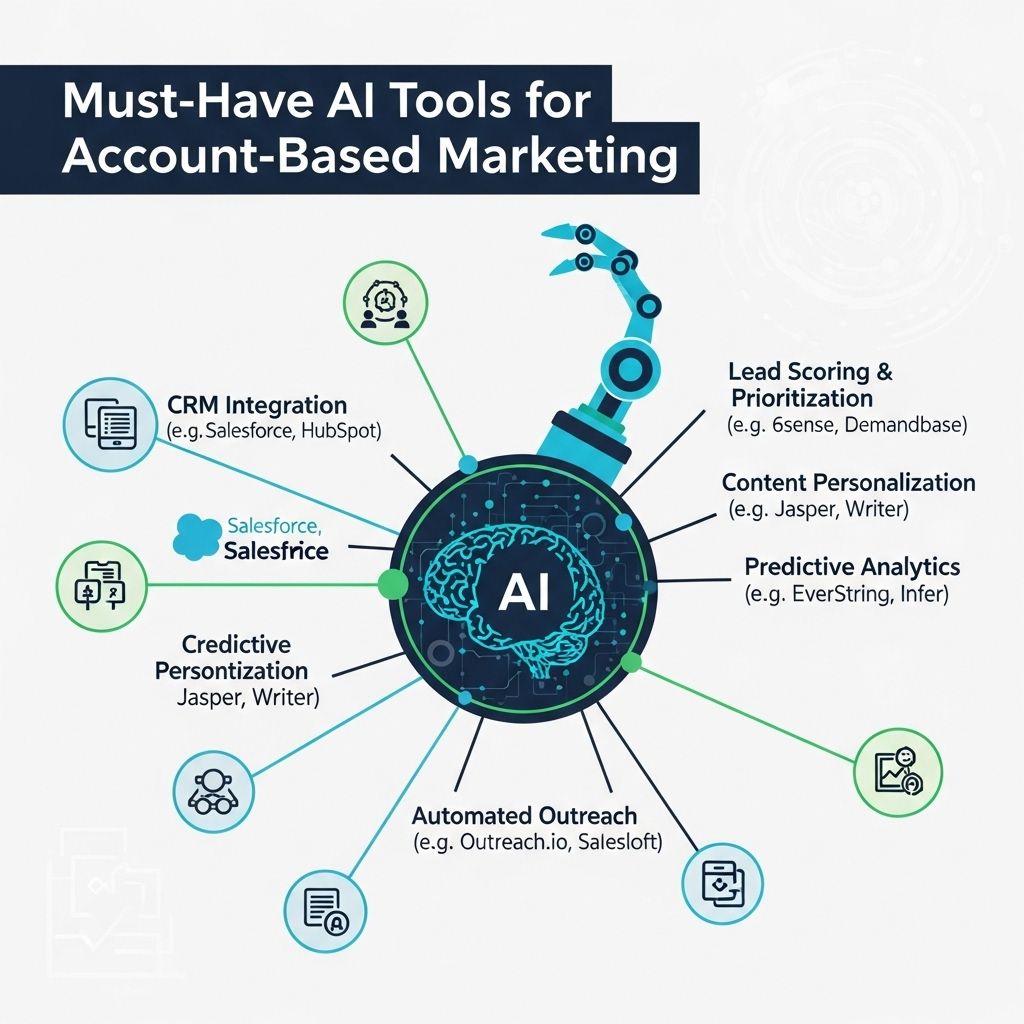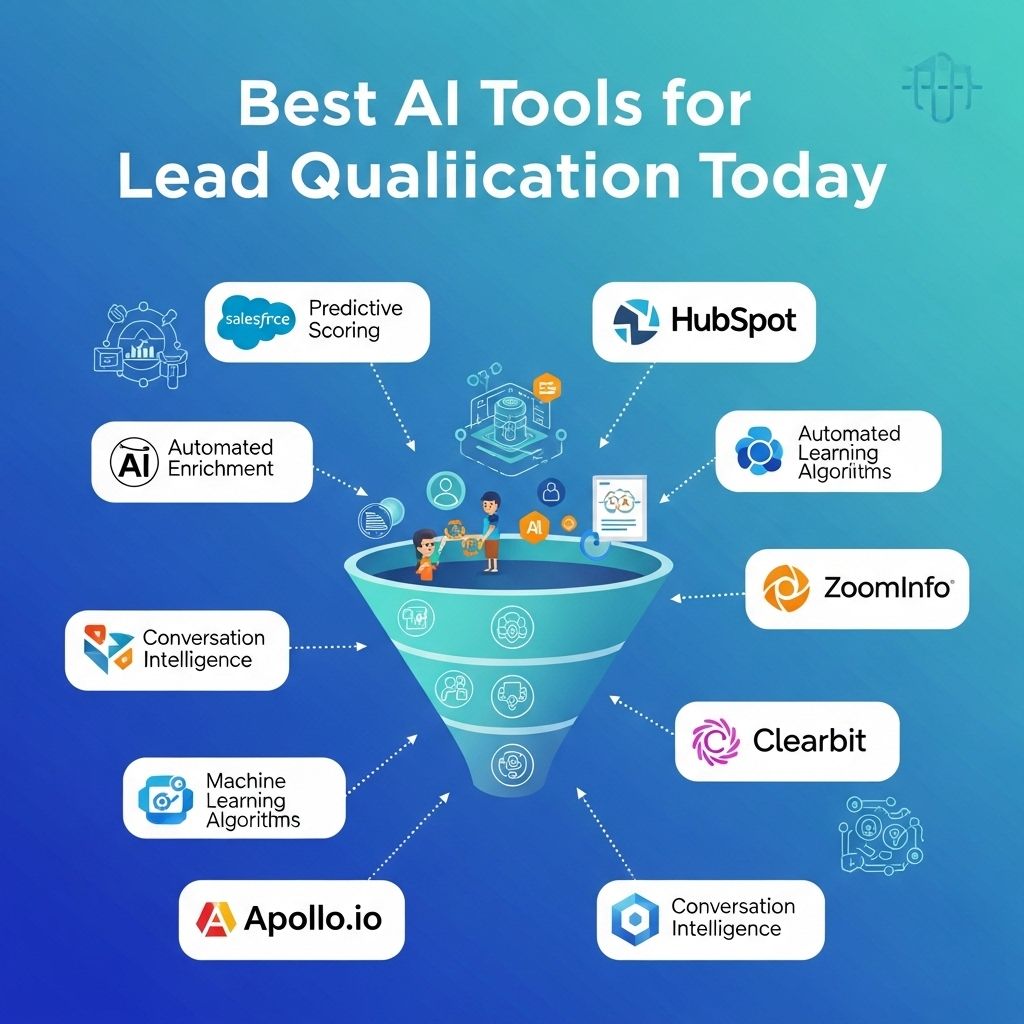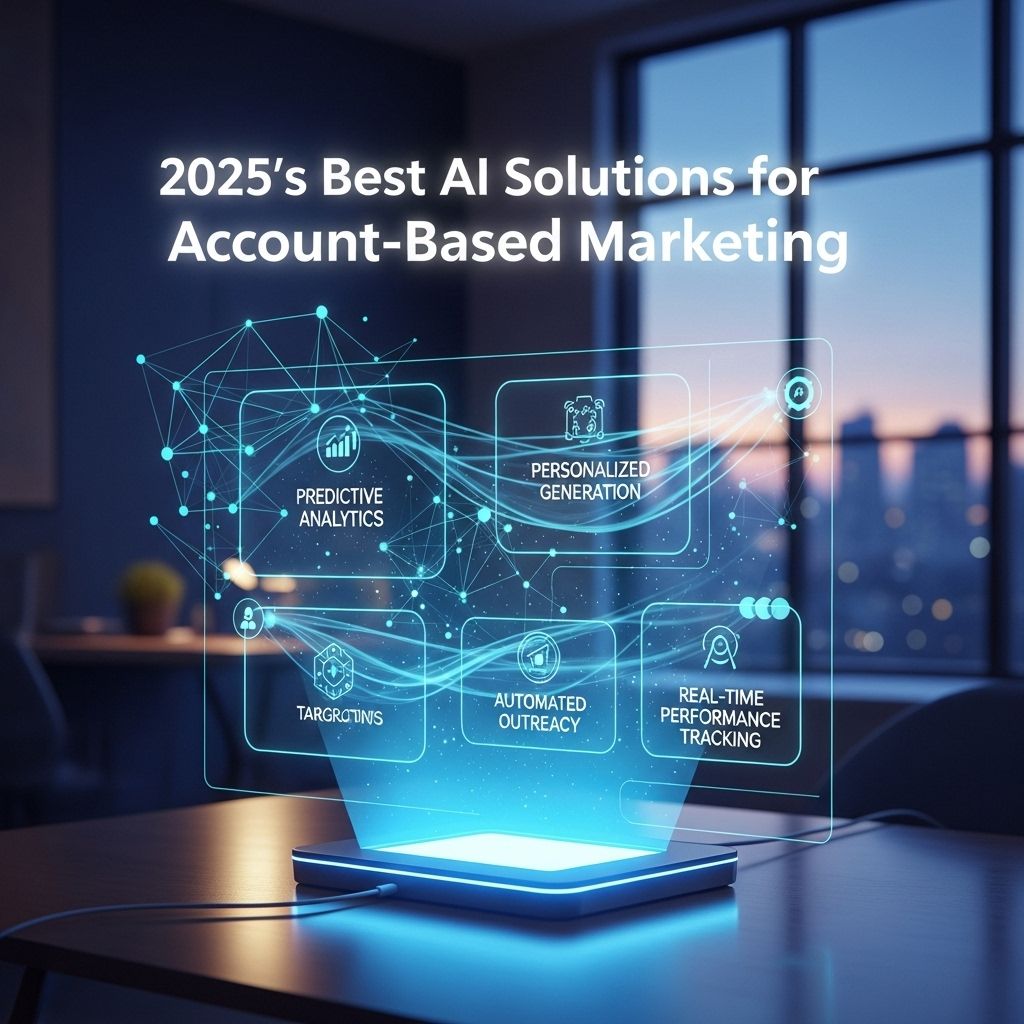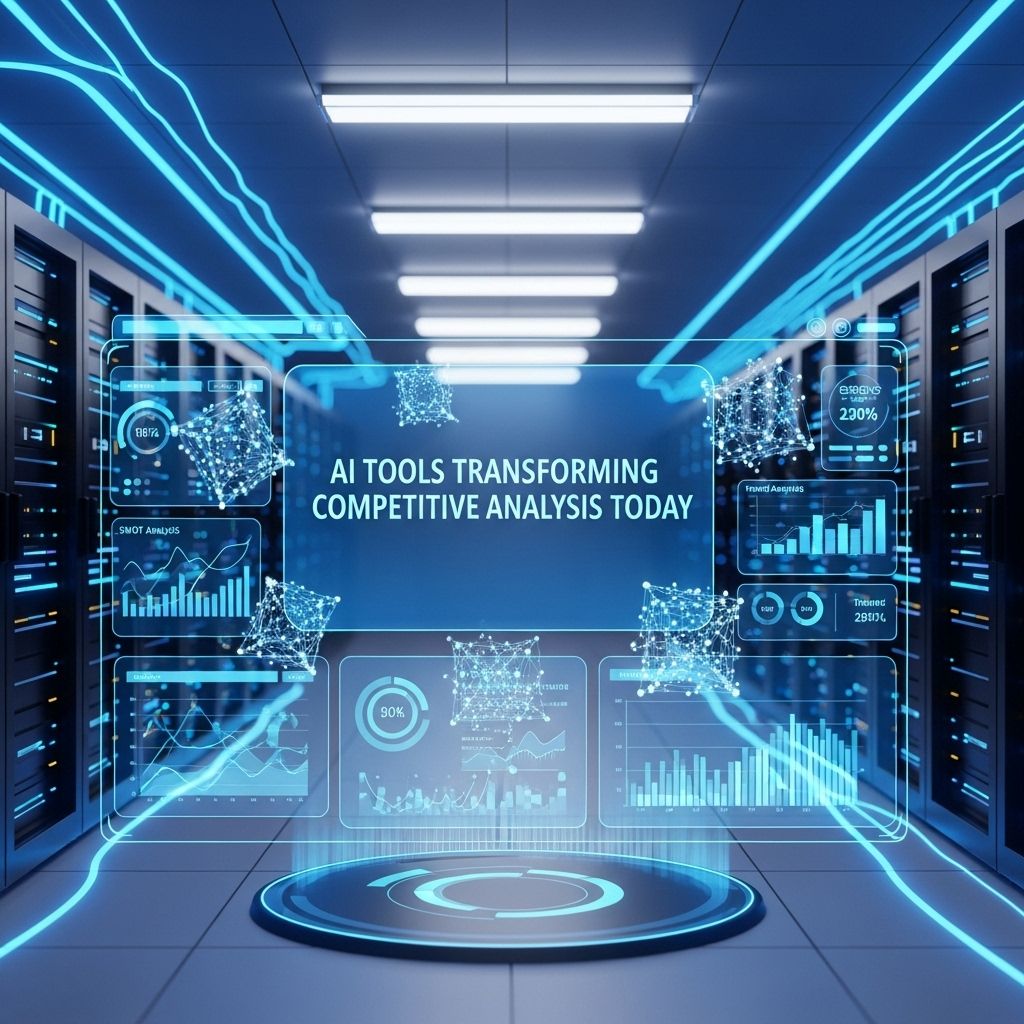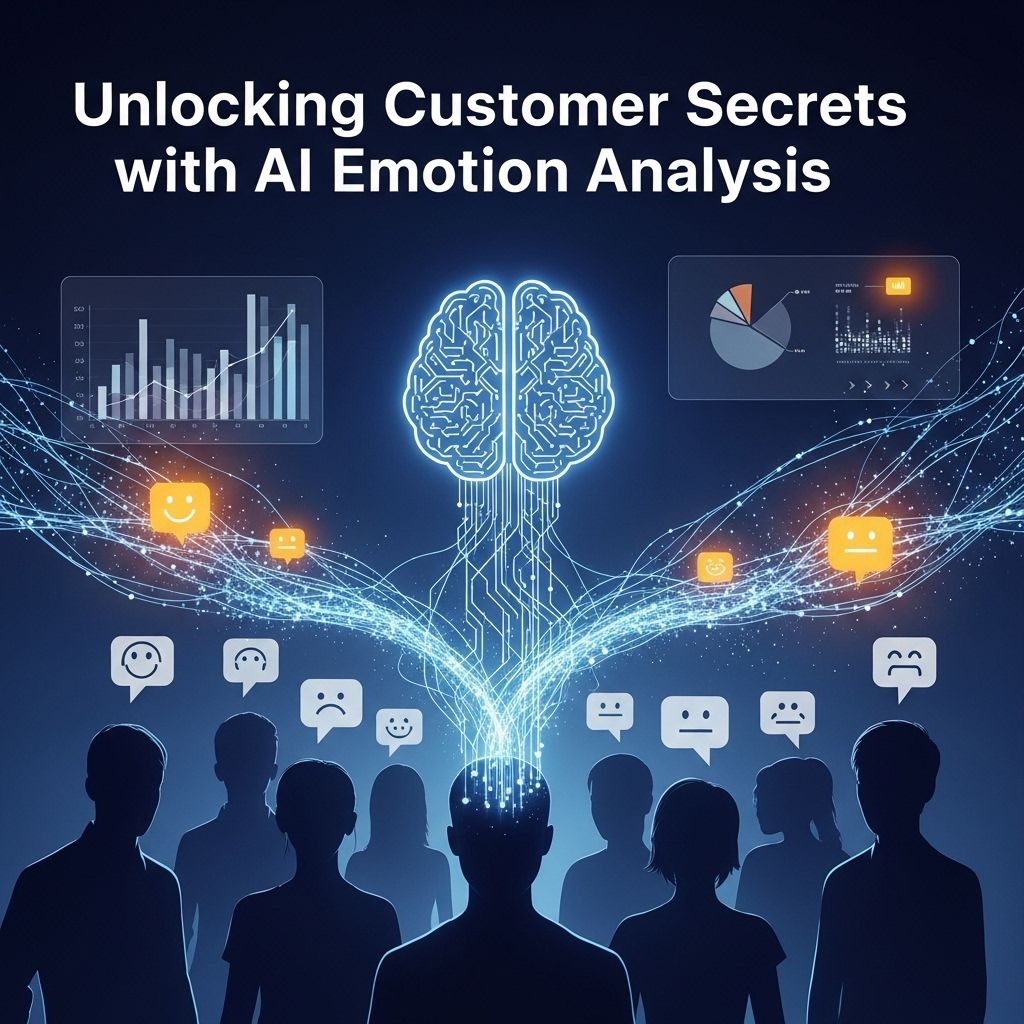Revolutionize Market Analysis with AI Tools in 2025
Discover how AI tools will transform market analysis by 2025, enhancing decision-making and driving business growth.
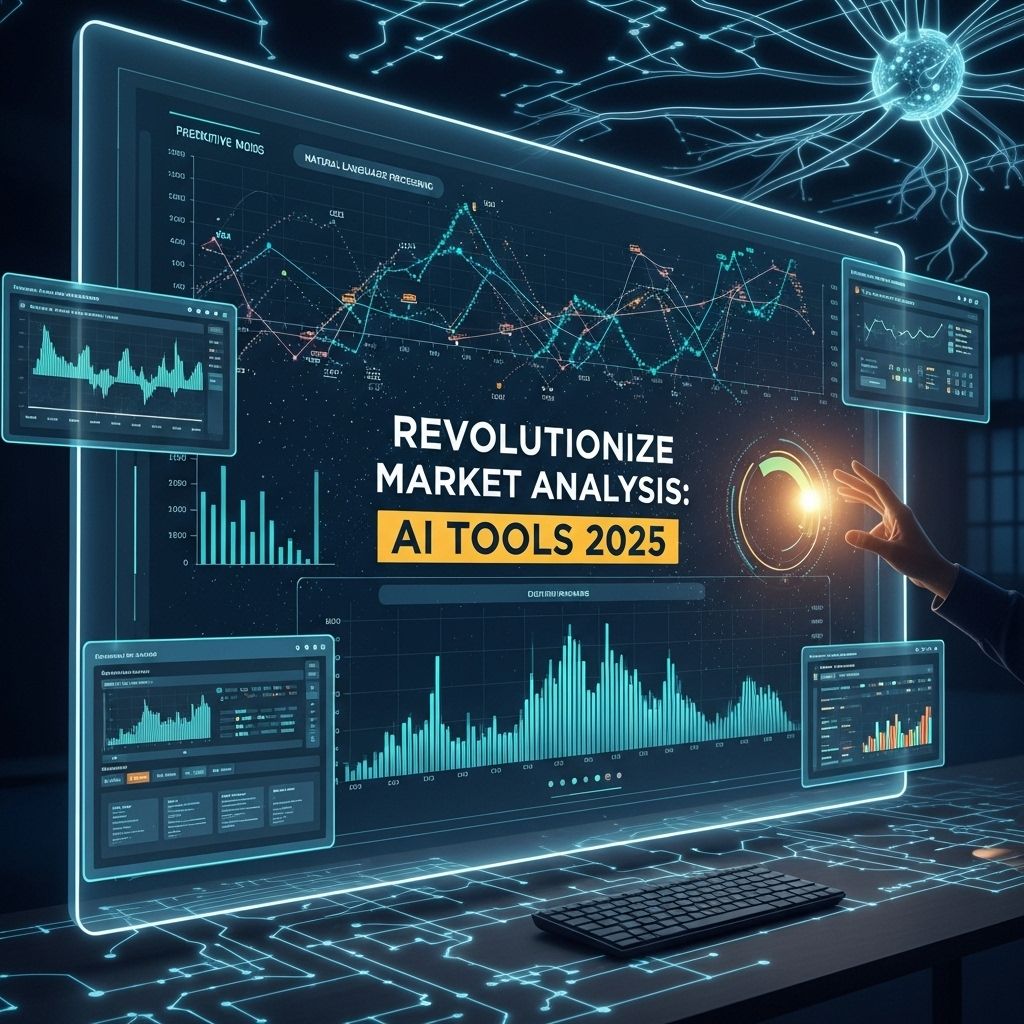
In the rapidly evolving landscape of market analysis, artificial intelligence (AI) is set to transform how businesses interpret data, anticipate trends, and make strategic decisions. By 2025, we can expect AI tools to become more sophisticated, enabling companies to gain deeper insights into consumer behavior, optimize marketing strategies, and enhance operational efficiency. This article explores the key advancements in AI tools for market analysis, the technologies driving these changes, and the implications for businesses.
Table of Contents
The Current State of Market Analysis
Market analysis has traditionally relied on a combination of qualitative and quantitative methods. Analysts have employed statistical models, surveys, and historical data to assess market conditions and consumer preferences. However, these methods often come with limitations:
- Time-consuming: Manual data collection and analysis can take weeks to yield actionable insights.
- Limited scope: Traditional methods may overlook emerging trends or niche markets.
- Human error: Data inaccuracies can lead to flawed conclusions and misguided strategies.
As businesses seek to adapt to a fast-paced environment, the integration of AI tools into market analysis is becoming increasingly essential.
Emerging AI Technologies in Market Analysis
Several AI technologies are poised to revolutionize market analysis, providing companies with capabilities that were previously unattainable.
1. Machine Learning Algorithms
Machine learning (ML) allows systems to learn from data, identify patterns, and make predictions without explicit programming. This technology can:
- Analyze Large Data Sets: ML algorithms can process vast amounts of data from various sources including social media, online transactions, and market reports.
- Predict Trends: By identifying patterns in historical data, ML can forecast future market movements with a higher degree of accuracy.
- Segment Customers: ML can help businesses categorize consumers based on behavior, preferences, and purchasing patterns.
2. Natural Language Processing (NLP)
NLP enables machines to understand and interpret human language. This technology is particularly useful for:
- Sentiment Analysis: By analyzing customer reviews and social media conversations, NLP can gauge public sentiment toward a product or brand.
- Trend Identification: NLP can sift through vast amounts of text data to identify emerging topics and trends in consumer discourse.
- Content Generation: Businesses can leverage NLP to generate reports or insights based on data trends automatically.
Benefits of AI-Driven Market Analysis
The integration of AI tools into market analysis offers several key benefits:
- Enhanced Accuracy: AI reduces the human error factor and increases the reliability of data-driven insights.
- Real-Time Insights: Businesses can access up-to-the-minute data, allowing for quicker decision-making.
- Cost Efficiency: Automating data analysis can significantly reduce the time and resources required for market research.
- Improved Customer Engagement: AI-driven insights enable personalized marketing strategies that resonate with target audiences.
Challenges and Considerations
While the benefits of AI in market analysis are substantial, businesses must also consider various challenges:
1. Data Quality
The effectiveness of AI tools hinges on the quality of the data they analyze. Poor-quality data can lead to inaccurate conclusions. Businesses should implement robust data governance practices to ensure data integrity.
2. Privacy Concerns
As AI tools collect and analyze consumer data, privacy concerns may arise. Companies must navigate regulations like GDPR and ensure they handle data responsibly.
3. Integration with Existing Systems
Adopting AI tools may require significant changes to existing workflows and systems. Businesses should assess their current infrastructure and plan for a seamless integration process.
Future Trends to Watch
As we look towards 2025, several trends are likely to shape the future of AI-driven market analysis:
1. Increased Automation
Automation will become more prevalent, allowing for near-instantaneous analysis and reporting. This shift will enable businesses to respond to market changes in real time.
2. Predictive Analytics
Predictive analytics driven by AI will help businesses not only understand past trends but also anticipate future market shifts, enabling proactive rather than reactive decision-making.
3. Augmented Analytics
Augmented analytics combines AI and machine learning with data analytics. This approach empowers non-technical users to derive insights from data without needing extensive expertise.
Case Studies: AI in Action
Several companies are already leveraging AI for market analysis with impressive results:
| Company | AI Tool/Technology | Outcome |
|---|---|---|
| Amazon | Machine Learning | Enhanced recommendation systems resulting in increased sales |
| Netflix | NLP for Sentiment Analysis | Improved content creation based on viewer preferences |
| Walmart | Predictive Analytics | Optimized inventory management and reduced waste |
Conclusion
The role of AI tools in market analysis is set to expand dramatically by 2025. As businesses strive to remain competitive, the adoption of advanced technologies will be crucial for gaining insights, understanding consumer behavior, and making informed decisions. By embracing AI, companies can unlock new opportunities and navigate the complexities of the modern marketplace with increased agility and precision.
FAQ
What are the key benefits of using AI tools for market analysis in 2025?
AI tools enhance market analysis by providing real-time data insights, predictive analytics, and improved decision-making accuracy, making it easier for businesses to adapt to market trends.
How will AI tools change the way businesses approach market research in 2025?
In 2025, AI tools will automate data collection and analysis, allowing businesses to derive actionable insights faster and with greater precision, thus transforming traditional market research methods.
What types of AI tools are expected to dominate market analysis in 2025?
Key AI tools expected to dominate include natural language processing for sentiment analysis, machine learning algorithms for predictive modeling, and data visualization tools for easier interpretation of complex data sets.
Can AI tools improve customer segmentation in market analysis?
Yes, AI tools can analyze vast amounts of data to identify unique customer segments, enabling businesses to tailor their marketing strategies more effectively and enhance customer engagement.
What role will machine learning play in market analysis by 2025?
Machine learning will play a crucial role by enabling systems to learn from data patterns and improve their predictions over time, leading to more accurate market forecasts and strategic planning.
How can small businesses leverage AI tools for market analysis in 2025?
Small businesses can leverage AI tools by utilizing affordable software solutions that provide insights into market trends, customer behavior, and competitor analysis, allowing them to compete effectively.

